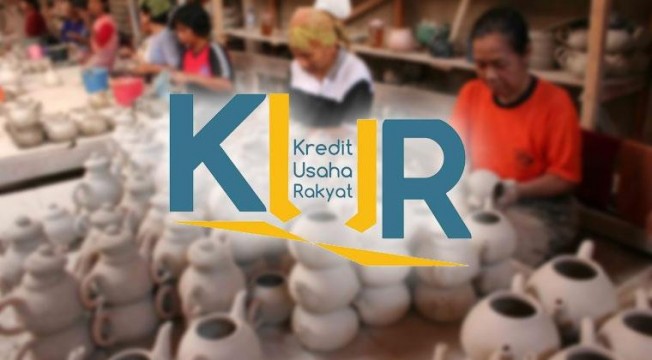JAKARTA – The island of Java continued to dominate the distribution of People's Business Credit (KUR) throughout 2016. Coordinating Minister for Economic Affairs Darmin Nasution stated that the concentration of KUR distribution in Java is due to the centralization of agricultural and economic activities on the island.
Government records show that KUR distribution in Central Java reached 17.9% or IDR 16.9 trillion, East Java 15.5% or IDR 14.6 trillion, and West Java 12.6% or IDR 11.9 trillion.
Overall, KUR distribution in Java accounted for 54.6%, significantly higher than other regions such as Sumatra (20.2%), Sulawesi (9.4%), Bali and Nusa Tenggara (7.4%), and Kalimantan (6.1%). Meanwhile, KUR distribution in Papua was recorded at 1.6% and Maluku at 0.7%.
The government has provided an explanation for this concentration. According to Darmin, aside from the fact that agriculture and economic activities are still centered in Java, poverty levels are also high on the island.
Government data indicates that more than 50% of Indonesia's poor population resides in Java. "So if 54% of KUR is distributed in Java, it makes sense. The real economic strength is here. Don’t see this as an imbalance; the population is large in Java, rice production is also concentrated here, and so is KUR," Darmin said in a working meeting with Commission XI of the Indonesian House of Representatives (DPR) on Thursday (Feb 9).
The Coordinating Ministry for Economic Affairs detailed that by the end of 2016, KUR distribution reached IDR 94.4 trillion, falling short of the IDR 100 trillion target. The government has set regulations for KUR-distributing institutions, requiring banks and financial institutions to maintain a Non-Performing Loan (NPL) ratio below 5%.
By business sector, micro industries received IDR 65.6 trillion or 69.5% of total KUR distribution. Meanwhile, the retail sector received IDR 28.6 trillion or 30.3%. The remaining portion of KUR was allocated for Indonesian migrant workers (TKI) abroad, amounting to IDR 177 billion or 0.2%.
For 2017, the government has prepared a total KUR budget of IDR 110 trillion. Of this amount, 40% is projected to be allocated to the production sector, with an interest subsidy budget of IDR 9.22 trillion.
Bank Indonesia Governor Agus Martowardojo added that KUR distribution for Micro, Small, and Medium Enterprises (MSMEs) has been heavily concentrated in the trade sector. As a result, other sectors, particularly agriculture, have yet to receive optimal credit allocation.
According to Agus, MSME credit could contribute 7.2% to Indonesia’s Gross Domestic Product (GDP). He emphasized the need to push KUR distribution into agriculture, specifically for financing commodities that drive inflation, such as chili, shallots, rice, and beef.
Bank Indonesia recommends a value chain financing model for agricultural KUR distribution, allowing financing to cover production to marketing. "We also provide a warehouse receipt subsidy facility so that harvested crops can be stored in warehouses, and the warehouse receipt can be used as a financing source," Agus explained.
BI also proposed several KUR distribution strategies for 2017, including ensuring a more even distribution, focusing on startups and the creative industry, and minimizing KUR allocation to debtors who have already received commercial credit from banks.
"The plan to lower KUR interest rates should be done gradually to maintain commercial stability for BUKU I banks and other credit distributors. A sudden decrease in interest rates could disrupt the system," he added.
(Source: Republika.co.id)



